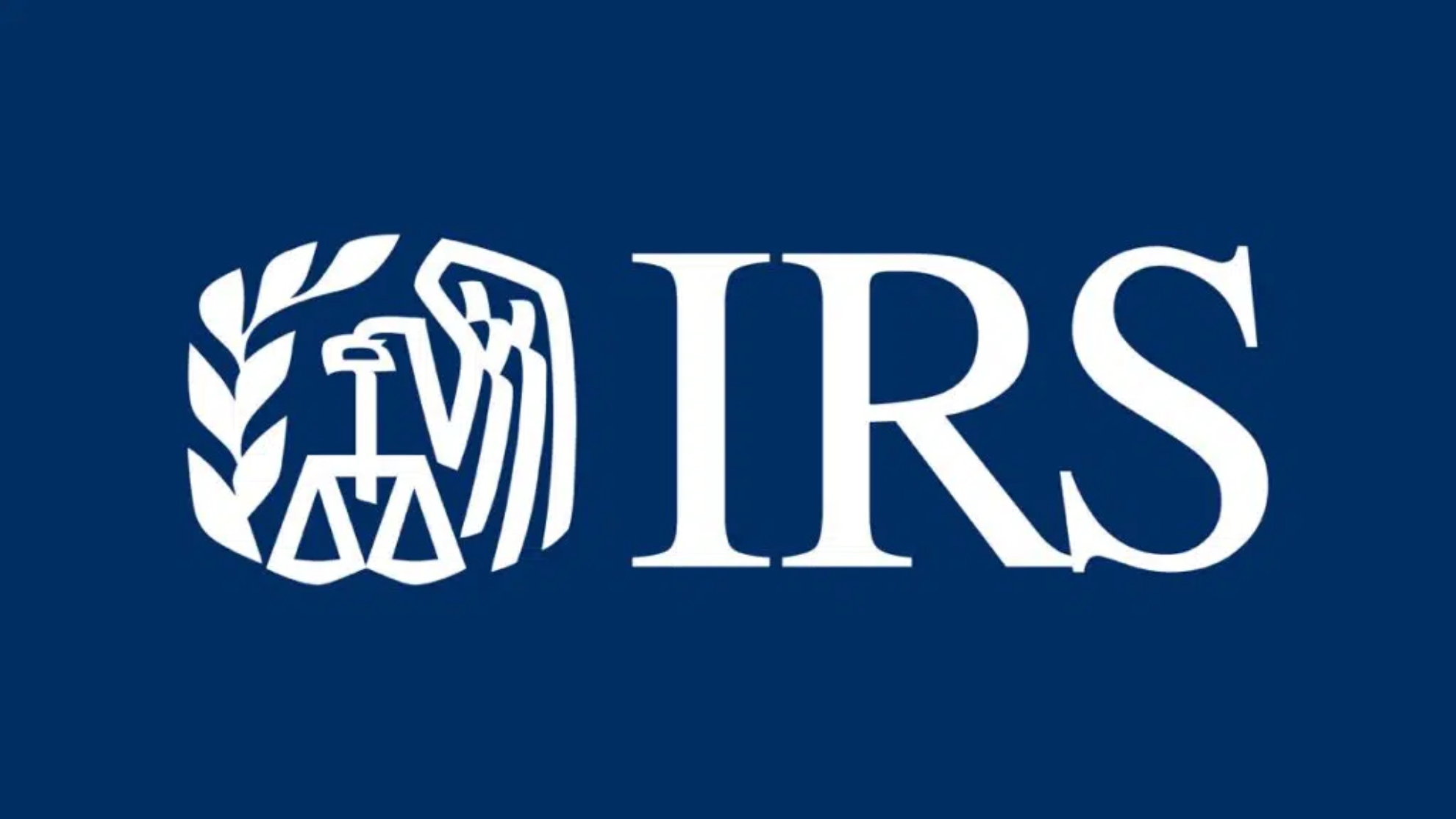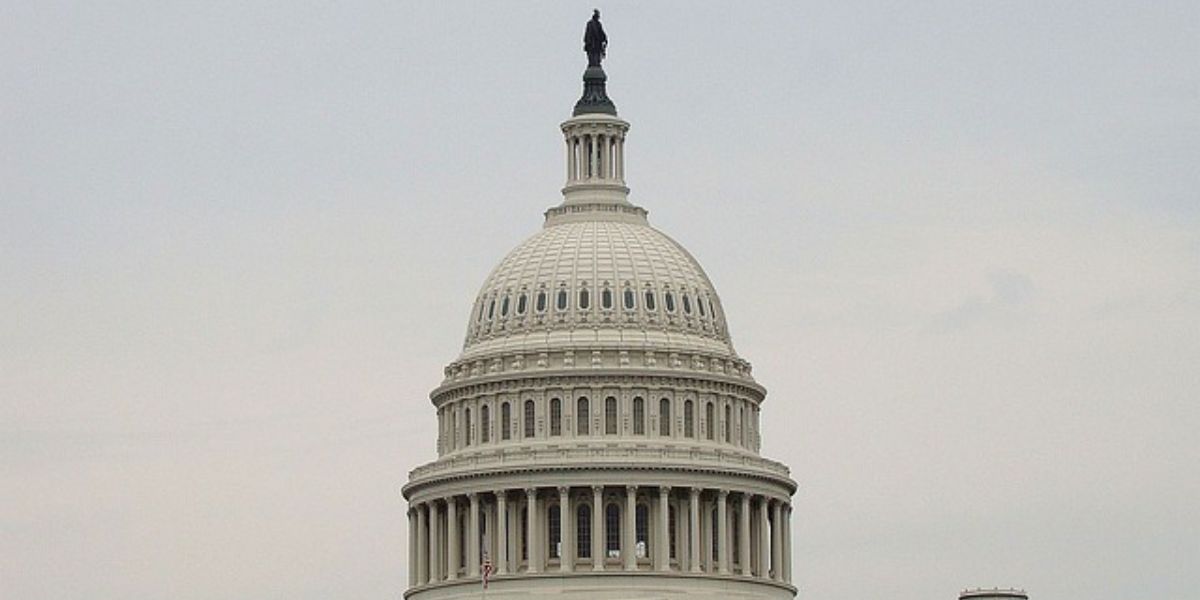On 1 February 2024 the House of Representatives voted to approve a Bill to expand the child tax credit and extend some business tax provisions.
The legislation, which required a two thirds majority in the House, was passed in a vote of 357 to 70. The Bill will now go to the Senate for approval. If passed in the Senate the legislation will be known as the Tax Relief for American Families and Workers Act of 2024.
The Bill would extend the 100% bonus depreciation rate for qualified property acquired and placed in service after 27 September 2017 and before 1 January 2023. This rate was originally introduced in the Tax Cuts and Jobs Act, but under that legislation the bonus depreciation is being phased out with a 20% reduction each year until 2027. The proposal now included in the current Bill would extend 100% bonus depreciation until 1 January 2026, or until 1 January 2027 for longer production period property and certain aircraft. The depreciation rate would then begin to phase out by 20% each year after the extended period finishes.
The Bill would also extend the application of earnings before interest, taxes, depreciation, and amortization (EBITDA) for the purposes of the limitation on the deduction for business interest. The original provision in the Tax Cuts and Jobs Act capped the tax deduction for interest at 30% of EBITDA for tax years beginning after 31 December 2017. However for years beginning from 1 January 2022 the restriction would be based on 30% of earnings before interest and taxes (EBIT).
The current Bill would now extend the period for which EBITDA could be used in calculating the interest limitation. EBITDA will continue to apply for tax years beginning after 31 December 2023 and before 1 January 2026. The use of EBITDA would result in a higher cap on the interest deduction and would therefore be potentially more favourable for the taxpayer.
In relation to taxable years beginning after 31 December 2021 and before 1 January 2024, the adjusted taxable income would be computed on the basis of EBIT for the purpose of the interest limitation. However the taxpayer would be able to elect to apply the EBITDA for those years.














